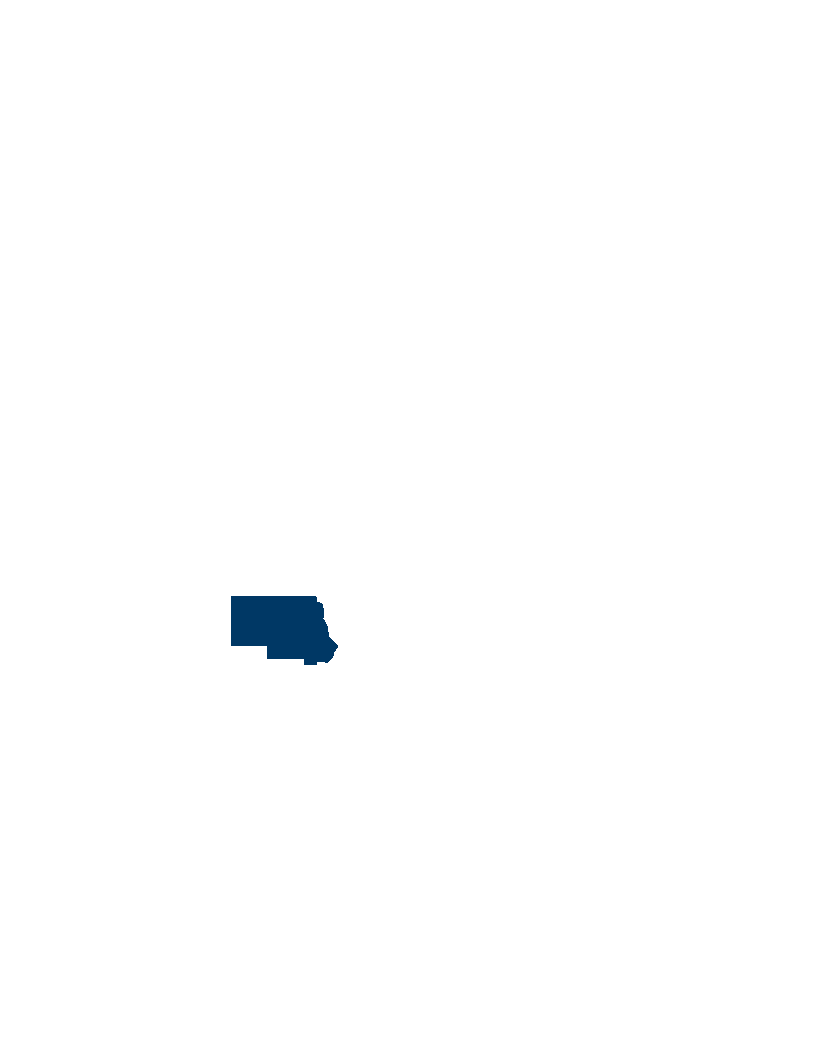Minnesota Prairie Recovery Project, Phase 1
This program proposes a 15-year goal to provide protection to the remaining 90,000 acres of native prairie/savanna, a 20-year goal to restore and protect an additional 500,000 acres of diverse grasslands/savannas, and a 10-year goal to increase management capacity to annually manage 300,000 acres of grassland and savannas per year. This proposal takes the first steps to achieve these goals by initiating a comprehensive, coordinated and collaborative prairie conservation initiative. Annual investments by the LSOHC will be required to realize these ambitious outcomes.
When completed, the outcomes of this proposal will include: protection of 1000 acres of native prairie and/or savanna; restoration of 250 acres of diverse, local ecotype grassland; enhancement of 8000 acres of grassland/savanna by prescribed fire, invasive species removal, and/or conservation grazing; and development of a new conservation model in 2 parts of the state that will serve as a platform for accelerated conservation across Minnesota.
The conservation problems facing Minnesota's prairies, prairie potholes, grasslands and savannas are many, and include:
a. Continued losses of native and restored grasslands due to economic pressures.
b. Degradation of existing public grasslands and wetlands due to encroachment by woody vegetation and other invasive species that reduces their values to wildlife and people.
c. Inadequate public access for hunting and fishing in agricultural parts of the state.
d. Potential loss of local taxes and local incomes when land is acquired by public entities.
e. Programmatic and staff limitations that reduce efficiencies in implementing diverse conservation programs across multiple partners.
What is the problem being addressed? The creation of the Outdoor Heritage Fund finally offers the resources needed to provide adequate conservation in Minnesota's prairie, prairie pothole and savanna landscapes. With the Council's support and the efforts of multiple partners, large and productive grassland landscapes can become a reality in Minnesota.
How will this directly relate to restoring, protecting or enhancing habitat?When completed, the outcomes of this proposal will include: protection of 1000 acres of native prairie and/or savanna; restoration of 250 acres of diverse, local ecotype grassland; and enhancement of 8000 acres of grassland/savanna by prescribed fire, invasive species removal, and/or conservation grazing. The Conservancy will own the fee lands, coordinate with partners and supervise enhancement on public and Conservancy lands, and implement restoration on degraded lands acquired with OHF funds.
Why will this strategy work? There are no new tactics in this proposal; all of these practices are being used by one or more organizations already at work in Minnesota. What is new here is the effort to closely coordinate activities, to bring practices that work in the private sector to the public sector, and to greatly accelerate the use of conservation practices. The conservation community has demonstrated that these protection, restoration and enhancement activities work, but to truly reach the level of conservation that is needed for a comprehensive prairie recovery project, partners must work with a plan, with an open mind for innovation, and with appropriate new tools. We believe this project sets the table for launching the required effort. Finally, by supporting local opportunities to develop grass-based businesses (grazing, biofuels, etc.) we believe there will be reduced incentives for conversion of grasslands on unprotected private lands (i.e., grasslands will be perceived as having economic value).
Described the nature and extent of any partnerships in this project, stakeholder and public participation processes associated with the project and any anticipated support or opposition to the project?A "Prairie Recovery Project Partnership" will be formed to include representative of prairie conservation organizations, including: Minnesota Department of Natural Resources (DNR), MN Board of Water and Soil Resources (BWSR), US Fish and Wildlife Service (FWS), Natural Resources Conservation Service (NRCS), Pheasants Forever (PF), MN Prairie Chicken Society (MPCS) and The Nature Conservancy. This group will identify 2 pilot focus areas and establish other guidelines for project implementation. Local workgroups will then be established to provide on-the-ground planning and coordination of conservation activities. Additional groups that will be contacted for input or representation will include: Ducks Unlimited, MN Waterfowl Association, MN Deer Hunters Association, Land Stewardship Project, MN Cattleman's Association, local livestock groups, MN Association of Soil and Water Conservation Districts, and MN Farmer's Union.
In addition to the above the Conservancy proposes the following:
a. At least semi-annually, at meetings of the Prairie Recovery Project Partnership, the status of funding and leverage will be discussed in detail among all project partners.
b. At the beginning of the project, a marketing plan will be developed that will identify key audiences (e.g., landowners, local units of government, elected officials) and needed information. This will include elements like project fact sheets, media outreach and annual reports. The Conservancy will provide the technical and financial resources needed for this effort.
c. Members of the Partnership will be requested to provide informational materials on their websites and in their organizational publications.
For land acquisitions, indicate local government support and approval. No specific tracts have yet been identified, so there has been no contact to date with local governments.
$3,653,000 in fiscal year 2011 is to the commissioner of natural resources for an agreement with The Nature Conservancy for a pilot project to acquire interests in land and restore and enhance prairie and prairie/wetland habitat in the prairie regions of western and southwestern Minnesota. The Nature Conservancy may acquire land in fee or through permanent conservation easements. A list of proposed fee title and permanent conservation easements, and a list of proposed restorations and enhancements, must be provided as part of the required accomplishment plan. All restorations must comply with subdivision 9, paragraph (b). The commissioner of natural resources must agree in writing to each acquisition of interest in land, restoration project, and enhancement project. The accomplishment plan must include an easement stewardship plan.
Protect in Fee w/o PILT: 341 acres of wetlands, 1342 acres of prairies; Restore 168 acres of prairies; Enhance 20,282 acres of prairies.












